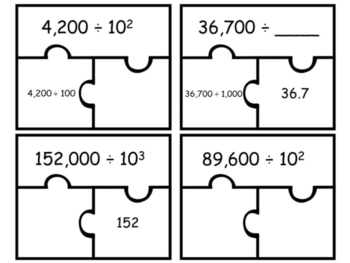

But there are some slight differences you may be interested to learn. Let’s discuss the differences between them.Īll three approaches work almost identically with one another. There are three main ways to raise a number to power in Python. This function does the same thing as the two earlier power-calculating approaches. Just remember to import the math module into your project. Math.pow() Functionįinally, you may also use math.pow() function to raise a number to a power. You can also use the built-in pow() function to raise a number to power.įor instance: pow(2, 3) # -> 8 3. Most of the time, this approach is the fastest to compute power in Python. This is a clear and efficient way to compute powers in Python. You can use the double-asterisk operator to raise a number to a power in Python. We are also going to discuss the subtle differences between these methods. Let’s go through each of these with examples. math.pow(a,b) Raises a to the power of b math.pow(5,2) 25 pow(a,b) Raises a to the power of b pow(3,4) 81 3. a ** b Raises a to the power of b 2 ** 4 16 2. Here’s a table that summarizes each way to calculate exponents in Python: Method Description Example Result 1. There are three ways you can raise a number to a power in Python:
#Two to the power of ten how to#
How to Raise a Number to a Power in Python Let’s also get to know the exponent notation, which can help you represent large and small numbers. Let’s see how to calculate exponents in Python. This means number 2 is multiplied by itself 3 times. The operation involving exponents is called raising a number to a power. In maths, the exponent is denoted with a number as a superscript, such as 2 3. What Is an Exponent in MathsĪn exponent is the number of times the number is multiplied by itself. Of course, you’ll also learn why there are many ways to calculate exponents and which one you should use. Besides, you will learn how the exponent notation helps write big numbers in a more compact format. You will learn different operations you can use to raise a number to a power. This is a comprehensive guide to calculating exponents in Python. This means it can be written with an exponential notation 1e09 using the letter e or E followed by the number of zeros: 1000000000 # Hard to read the zeros You can use the exponent notation e or E to replace the powers of ten.įor example, a billion ( 1 000 000 000) is 10 9. The exponent notation is a way to express big or small numbers with loads of zeros. Python exponent is also related to another similar topic. To raise a number to a power in Python, use the Python exponent ** operator.įor example, 2 3 is calculated by: 2 ** 3Īnd generally n to the power of m by: n ** m


 0 kommentar(er)
0 kommentar(er)
